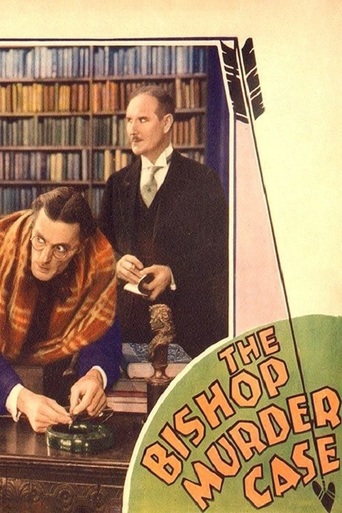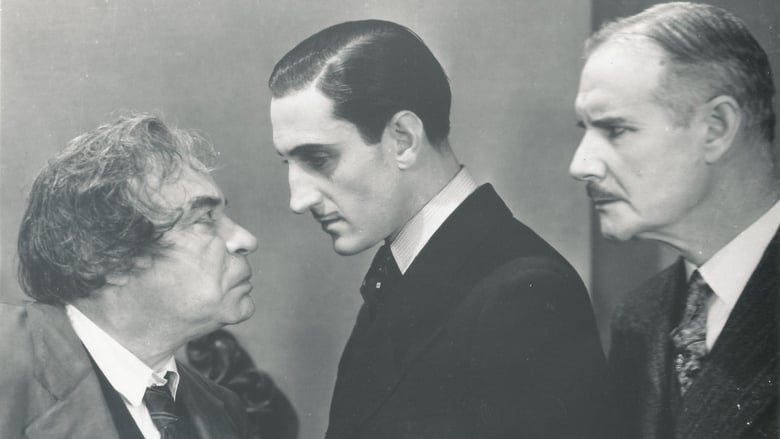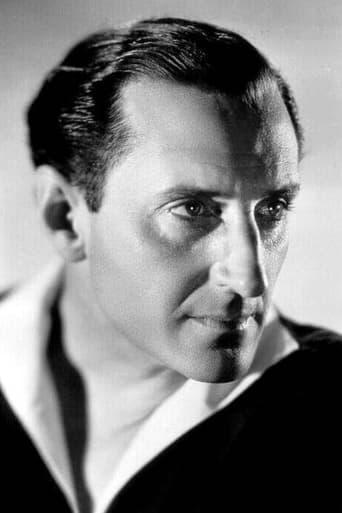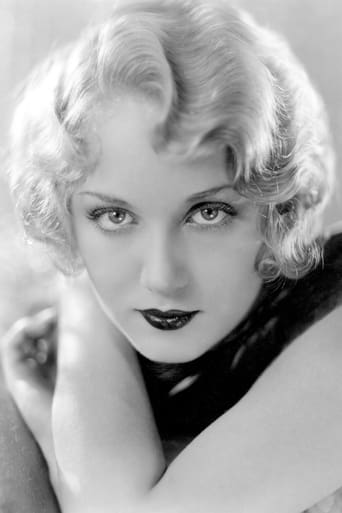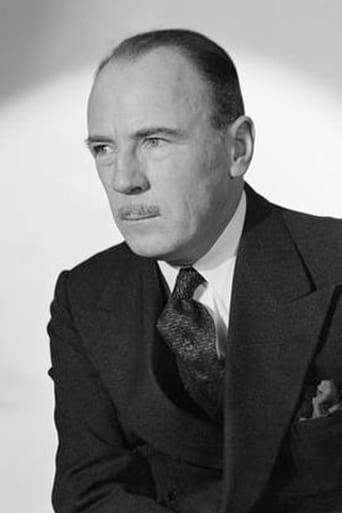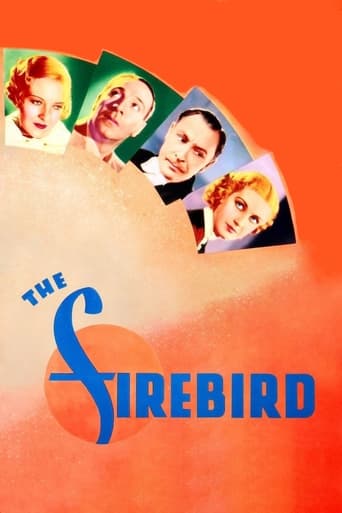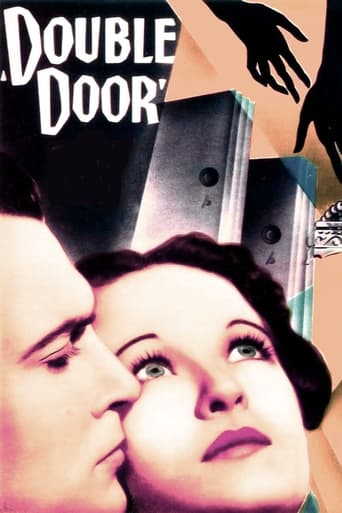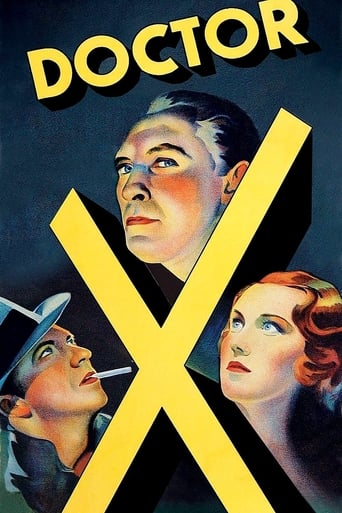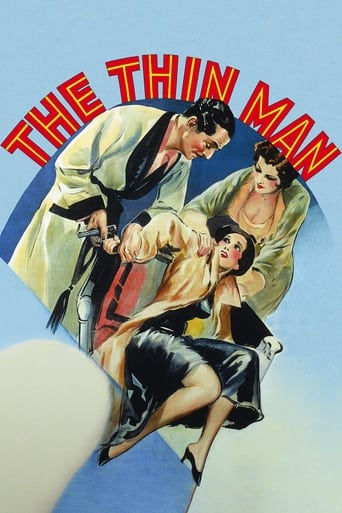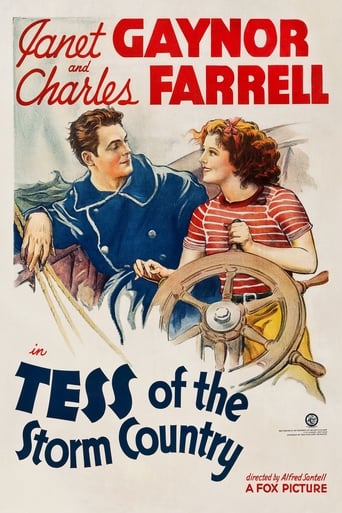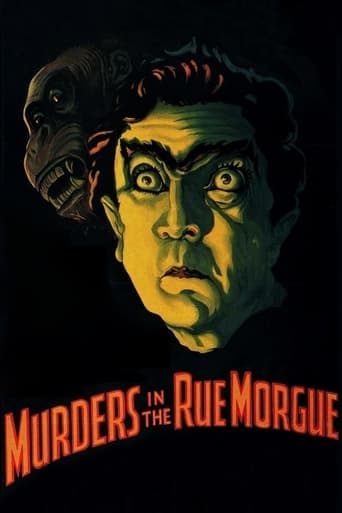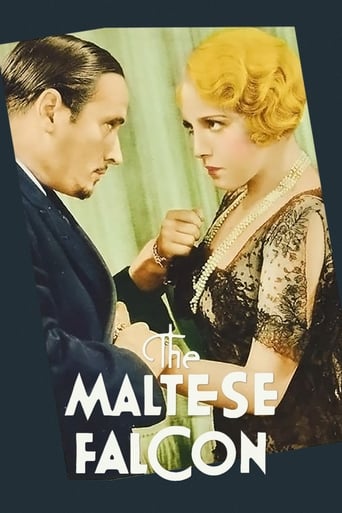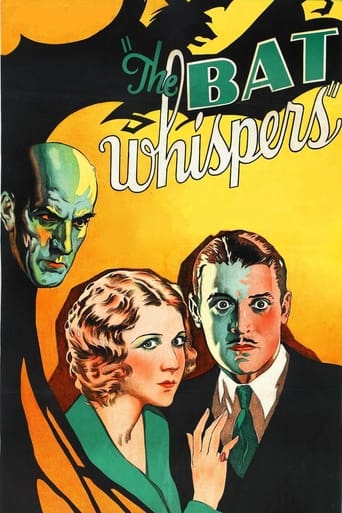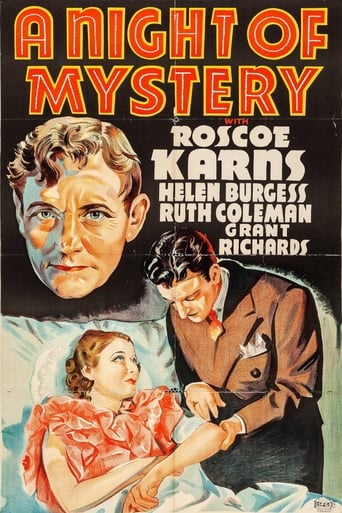The Bishop Murder Case (1929)
The murders start with the body of Robin. He is found with a arrow through the heart, but Vance deduces that the body was placed and not found where he was killed. The note found dealing with the murder was part of a nursery rhyme and signed by 'Bishop'. The only witness may have been Mrs. Drukker and Adolph, but they are not talking. As the murders progress, each one is accompanied by a nursery rhyme. It is up to Philo Vance to unravel the clues and unmask the identity of the murderer 'Bishop'.
Watch Trailer
Free Trial Channels
Cast


Similar titles
Reviews
terrible... so disappointed.
Good concept, poorly executed.
In truth, there is barely enough story here to make a film.
The film never slows down or bores, plunging from one harrowing sequence to the next.
"The Bishop Murder Case" may seem antiquated to modern audiences, but it's worth sitting through for some very effective camera shots (examples: the second and the fourth murder), a twist-and-trick-filled ending, as well as Basil Rathbone's terrific performance as Philo Vance; taller than everyone else in the cast, he is authoritative, suave and convincingly intellectual. Some of the other actors still have the tendency to do grimaces and gestures more befitting of silent films (which is understandable, it was 1930 after all), but others (Philo's two sidekicks, for example) are more modern. Now more widely available for viewing, "The Bishop Murder Case" does require some patience, but it has its rewards. **1/2 out of 4.
Bishop Murder Case, The (1930) ** (out of 4) A man named Robin is killed by an arrow so Philo Vance (Basil Rathbone) is called in and he soon determines that a killer is using nursery rhymes as his motive. Like so many other early talkies, this one here suffers from non-stop-talking syndrome, which really kills the film. The mystery and motives of the killings are pretty interesting but sadly all we hear is talk and this gets very tiresome because the characters keep talking about the same things over and over. By the time we get to the ending it's hard to care about who has been doing all the murders. Rathbone, looking incredibly young, is pretty good in his role and does a good job at taking command of the character. It's also interesting to see certain gestures, which he would later use as Sherlock Holmes. Even though this was an early talkie, the sound quality is actually better than a lot of the films I've seen from this period but the camera work looks really, really bad throughout.
"The Bishop Murder Case" is one of the best in the Philo Vance film series. The mystery seems a bit silly at first when children's nursery rhymes are used by the perpetrator of the crimes to publicize his murders, not unlike methods used by present-day serial killers. But once the plot unfolds the nursery rhyme angle makes complete sense. The Bishop is a key figure in solving the mystery as the title indicates. So keep your eyes focused on that clue. I won't say any more except to add that this is a complex mystery.Basil Rathbone is second only to William Powell in breathing life into S.S. Van Dine's famous private investigator. It's obvious from this performance why Rathbone was chosen at the end of the decade to play Sherlock Holmes. The other actor who shines in this movie is Roland Young. Though much of the acting hearkens back to the silent era which was coming to an end, Rathbone and Young seem modern in their approach. From playing on stage and in silent pictures, actors were used to wild exaggerations and outlandish gesticulations which were no longer needed now that movies could talk. Several of the characters in "The Bishop Murder Case" have not yet adjusted to working with sound. Not so Rathbone and Young.Another early talky distraction for modern viewers is the absence of music for dramatic effect. Since live music was used to accentuate the silent screen action and mood, it seems strange that music was not immediately utilized for the same purposes on the talky screen. Producers were misinformed that music coming from nowhere would puzzle and confuse the audience. So it took a few years for Hollywood to rid itself of this misconception. The decision not to use music plus fairly primitive sound effects (the viewer will readily recognize the sound of thunder as the sound of huge sheets of metal being snapped)take away from the overall effects of this otherwise clever and well-written murder mystery.
Basil Rathbone makes a good Philo Vance in this murder mystery involving nursery rhymes. It's a forerunner of his great portrayal of Sherlock Holmes later in his career. He even uses his powers of observation to deduce that the sergeant (James Donlan) wrote a check that afternoon, soon has a date with a woman, etc., much the same way Holmes did, continually astounding Dr. Watson. But the comedy Donlan provides - and he's the only comic relief in the film - is on an infantile level. When he sees Rathbone for the first time, he says "I've solved this case, Mr. Vance. It's a murder." The script is really less than lacking in the humor department. On the other hand, all the other characters do not behave as stupid, and are believable in their roles. I loved the interesting faces and characterizations of George F. Marion and Charles Quartermaine. And there is one lovely photographed scene when Leila Hyams is sitting at a desk with a triple mirror when a sinister hand opens the door. You see her terrified face from four different angles at once, and it's a stunning effect.This is the type of mystery that is virtually impossible to figure out. You have to go with the flow and watch the events unfold until the end when they are explained. There are lots of red herrings along the way, so I found myself switching from one suspect to another as the probable murderer. It was fun.

